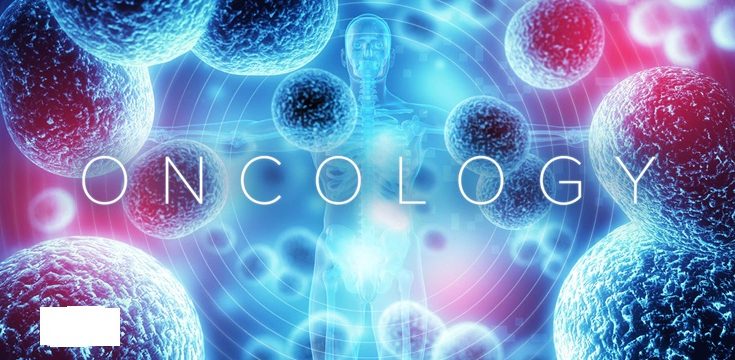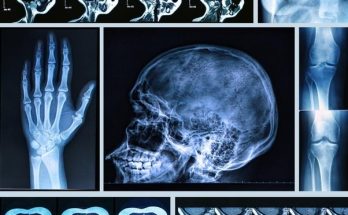Radiation Beam Measurement and Isodose Curves in Radiotherapy
1. Radiation Beam Measurement
Radiation beam measurement is essential in radiotherapy to ensure accurate dose delivery to cancerous tissues while minimizing exposure to healthy tissues. Dosimetry, ionization chambers, and other measurement devices are used to measure radiation doses precisely.
1.1 Dosimetry
Dosimetry is the measurement of absorbed radiation doses in a medium (e.g., human tissue, water phantom). It ensures that patients receive the correct dose during treatment.
Types of Dosimetry
- Absolute Dosimetry: Determines the exact dose delivered.
- Relative Dosimetry: Compares dose distributions in different conditions.
- In Vivo Dosimetry: Direct measurement on the patient’s body during treatment.
1.2 Ionization Chambers
Ionization chambers are gas-filled detectors that measure radiation doses by collecting ionized particles.
Principle of Operation
- Radiation ionizes gas molecules inside the chamber.
- The collected charge is converted into an electrical signal.
- The signal is proportional to the radiation dose received.
Types of Ionization Chambers
| Type | Application |
| Parallel-plate chamber | Surface dose measurements |
| Cylindrical chamber | Routine radiation beam calibration |
| Well-type chamber | Brachytherapy source measurements |
1.3 Other Measurement Devices
Apart from ionization chambers, other devices are used for dosimetry:
| Device | Function |
| Thermoluminescent Dosimeters (TLDs) | Absorb radiation and release stored energy as light |
| Silicon Diodes | Semiconductor-based real-time radiation detection |
| Film Dosimetry | Uses radiographic film to measure 2D dose distribution |
| Optically Stimulated Luminescence Dosimeters (OSLDs) | Detects radiation exposure through optical stimulation |
2. Isodose Curves
2.1 Definition of Isodose Curves
Isodose curves are contour lines that represent equal radiation dose levels within a treated volume. They help visualize how radiation is distributed in the patient’s body.
Image: Sample Isodose Curves for a Radiation Beam
(A diagram showing isodose curves over a tumor and surrounding tissue.)
2.2 Interpretation of Isodose Curves
- Lines closer together → Steeper dose gradient (sharp dose fall-off).
- Lines spread apart → More uniform dose distribution.
- 100% Isodose Line → Prescribed tumor dose.
- 50% Isodose Line → Half of the prescribed dose area.
2.3 Clinical Significance of Isodose Curves
- Treatment Planning: Helps determine optimal radiation angles.
- Dose Homogeneity: Ensures uniform tumor coverage.
- Organ Sparing: Minimizes radiation exposure to healthy tissues.
- Verification of Treatment: Confirms the correct dose delivery.
3. Conclusion
- Dosimetry and measurement devices ensure accurate radiation dose delivery.
- Ionization chambers, TLDs, and diodes help in radiation monitoring.
- Isodose curves provide a visual representation of radiation dose distribution for optimal treatment planning.



